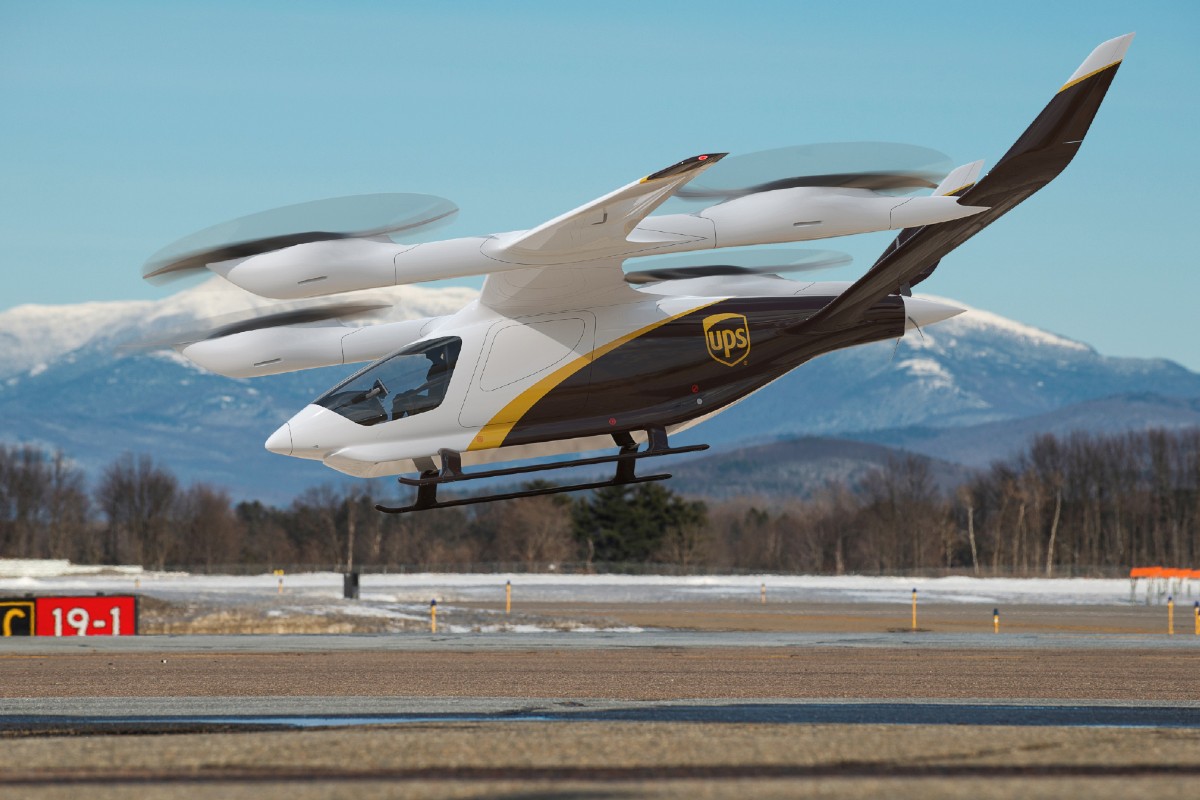By Elliott Brack
Editor and Publisher, GwinnettForum
APRIL 9, 2021 | First came Ben Franklin, establishing a connection between lightning and electricity. Then Alessandro Volta developed the early battery. Soon Michael Faraday developed electric motor technology. George Ohm mathematically analyzed the electrical circuit. Many others made their own contributions to modern electricity, notably among them Alexander Graham Bell, Thomas Edison, Werner von Siemens, Nikola Tesla and George Westinghouse.
![]() We owe how we live in our modern life to these electrical pioneers.
We owe how we live in our modern life to these electrical pioneers.
Today electricity in all its forms runs our world. It is the underbelly without which the modern world would collapse.
Getting another electrical device at our home the other day, we realized how many modern marvels are powered by electricity, today not by plugging your device directly into the circuit and having a cord trail behind you, but on batteries. Now we’re not talking about those regular C cell, or AA or AAA batteries, which are ever more prevalent in children’s games, the clicker for your TV set, or even in a flashlight. We all have back-up batteries awaiting when the next battery is kaput on some device. Today we’re talking about specialty batteries.
Modern portable electric-powered tools come with their own type of rechargeable battery. Sure, you have to plug them into a charging device for the electric circuit to re-power them. But once re-charged, you can move about easily with the tool and do the job it’s specifically built to do, without getting your feet tangled with a cord. It’s much easier, thanks to a battery.
What devices? We’re talking about electric battery powered lawnmowers, blowers, screwdrivers and drills, vacuum cleaners and other specialized units. No telling which next task will find an answer in a battery-operated model.
We’re not forgetting electric automobiles. Just this week we read about a new electric Chevrolet pick-up truck that can get up to 400 miles before needing to recharge with more power. One limiting factor so far in vehicle use of batteries has been the sheer size of the battery and how much it weighs. Another limit on electric vehicles has been the number of charging stations needed, and the length of time it takes to charge the vehicle battery. This, too, is seeing continued development, with more recharging stations coming on continually.
And then Thursday United Parcel Service announced it would purchase 10 electric airplanes for a test of their use to deliver packages to small markets. They also said they have the option to buy 140 of these planes. No, the planes do not have long electrical cords, but a new technology battery, capable of a range of 250 miles, operational for an hour.
We suppose some day it will be routine to pull into an electric recharging station and “fill up” a car in nearly the time it takes to fill the tank with gasoline. By then, we’ll think little about it. It will be routine. Today it seems more in the “marvel” arena.
What that will mean is that some person, laboring away on a scientific experiment, will have developed a device that turned into uses he never expected, which will be helping us all. You can see that in items coming out of the space program, that are welcomed into modern uses.
Some of these products include everyday uses: scratch-resistant lenses, infrared ear thermometers; artificial limbs; LASIK, shock absorbers for buildings, solar cells; the insulin pump; heat-resistant suits for firefighters; DustBusters; wireless headsets; freeze-dried foods; camera phones; memory foam; workout machines; and even the portable computer. You can name many more.
But back to the point: many of these products, even the batteries, run basically off electricity. Boy, would Benjamin Franklin be amazed!
- Have a comment? Send to: elliott@brack.net










Follow Us